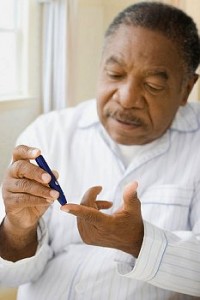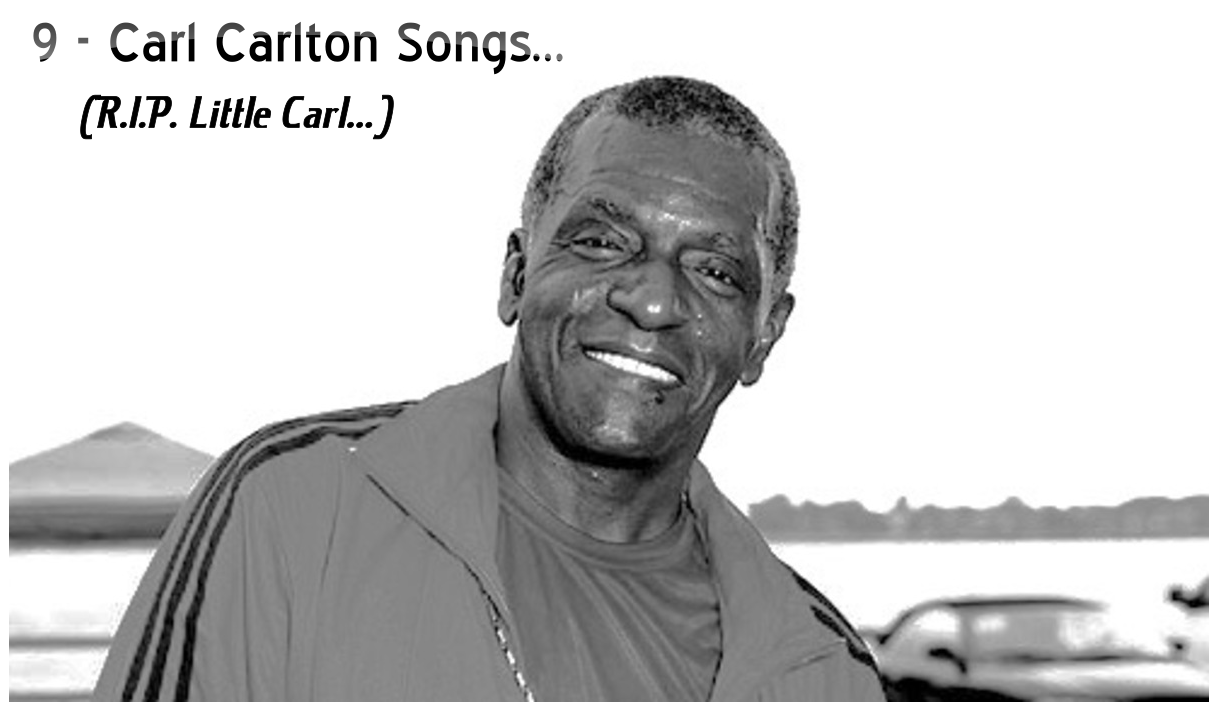(ThyBlackMan.com) In 2014, 21 million people were diagnosed with diabetes. Diabetes describes a group of metabolic diseases characterized by high blood sugar. This can happen because there is not enough insulin production, the body’s cells do not respond correctly to insulin, or both. Diabetes usually manifests into one of two types, which are commonly referred to as type 1 and type 2 diabetes.
Type 1 Diabetes
Physiology
Type 1 diabetes is described as an autoimmune disease. Autoimmune diseases are characterized by the body’s immune system attacking itself. In the case of type 1 diabetes, the immune system attacks beta cells (pancreatic cells that produce insulin), halting the production of insulin.
- Increased thirst and more frequent urination
- Increased hunger
- Fatigue
- Bedwetting in children
- Blurred vision
- Mood swings and irritability
- Yeast infections in females
Affected Demographic
Type 1 diabetes accounts for about 5% of all cases of diabetes. This type of diabetes is most commonly diagnosed in children, but can  develop at any age. Individuals are not necessarily overweight when they are diagnosed with type 1 diabetes.
develop at any age. Individuals are not necessarily overweight when they are diagnosed with type 1 diabetes.
Treating Type 1 Diabetes
Type 1 diabetes is often referred to insulin dependent diabetes. Because individuals with this condition are not able to make insulin, they must constantly administer insulin. Thankfully, with new technologies, individuals have a number of tools and devices available to them. Continuous glucose monitors and compact insulin pumps with smart-phone styling and interfaces help to ease diabetes management on a day to day basis. Regular exercise and a healthy diet will most likely also be included in the management plan for individuals with type 1 diabetes.
Type 2 Diabetes
Physiology
Type 2 diabetes is characterized by the body’s inability to successfully use glucose or absorb and transfer it to the body’s cells to use for energy. When this happens, the pancreas makes more insulin to compensate for the glucose that isn’t being absorbed. Eventually, the pancreas tires and is unable to produce insulin when glucose levels rise.
- Increased thirst and more frequent urination
- Increased hunger
- Fatigue
- Unexpected weight loss
- Blurred vision
- Wounds that heal slowly
- Dark patches of skin that may point to insulin resistance
Affected Demographic
Type 2 diabetes accounts for about 95% of all diagnosed cases of diabetes. This condition is usually diagnosed in individuals of middle age and older and is less commonly diagnosed in children.
Treating Type 2 Diabetes
Prevention of type 2 diabetes can be achieved through a healthy diet, an active lifestyle, and losing excess weight. If you are diagnosed with type 2 diabetes, you can manage your condition by working with your healthcare professional to develop a management plan that could include monitoring your blood glucose levels on a regular basis. Your physician will also let you know if insulin will need to be a part of your management plan.
If you are displaying symptoms of a diabetic condition, speak to your doctor about the possibility of having diabetes. Diabetes can cause severe complications if not managed properly. With an early diagnosis, diabetes can be managed and your overall health can be more successfully monitored.
Staff Writer; Greg Love

















Leave a Reply